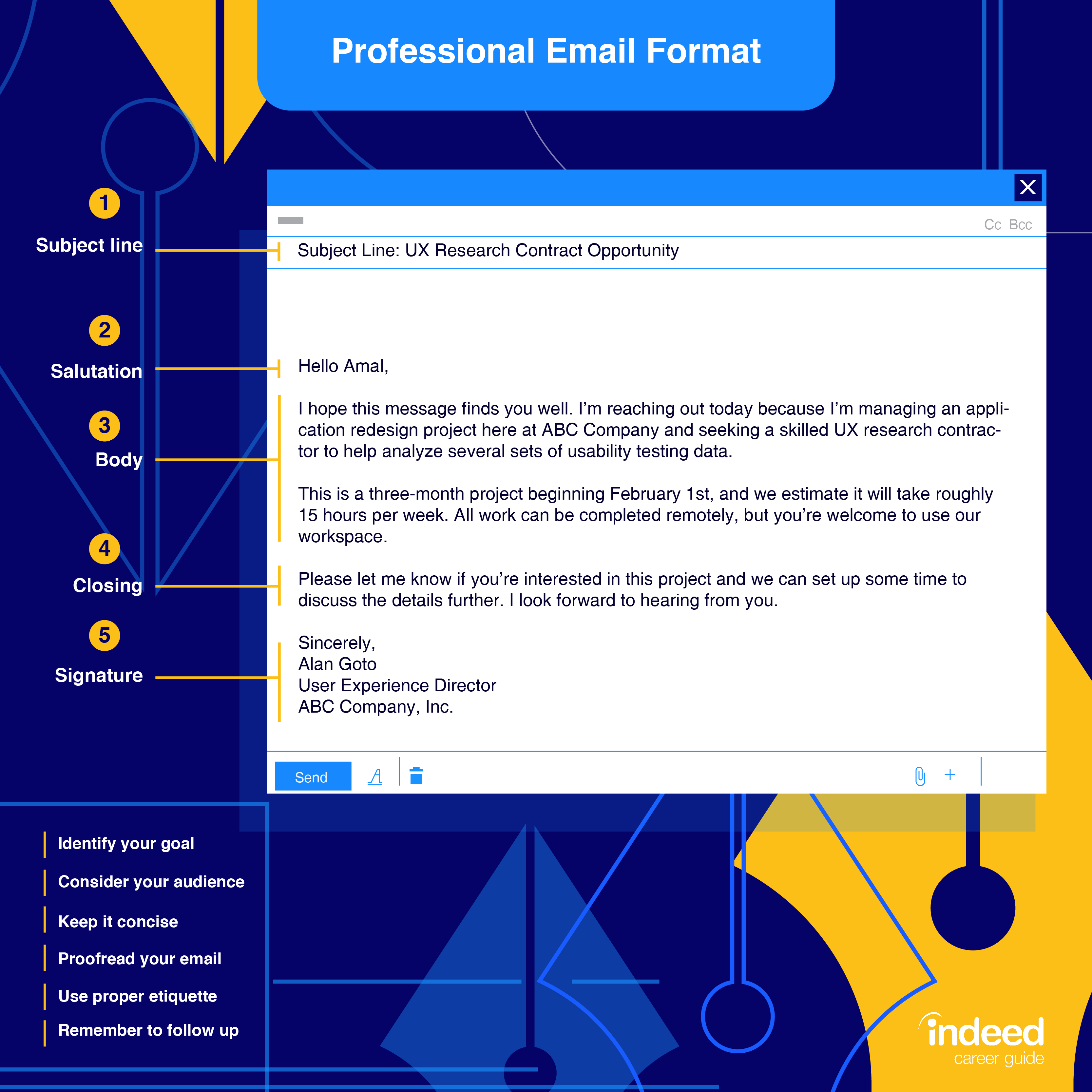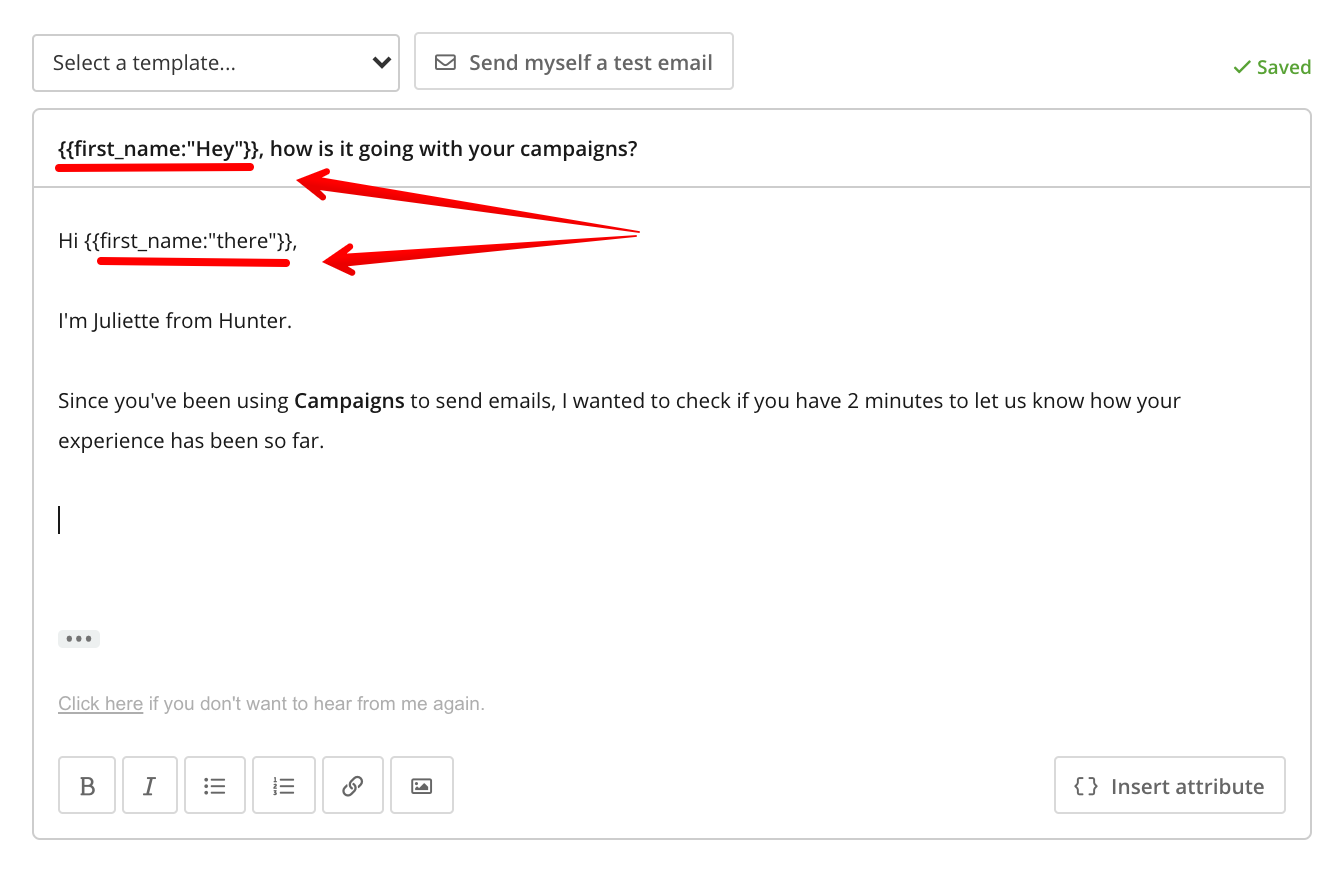Unbelievable Tips About How To Start A Professional Email

Learn how to write a professional email introduction that is inviting, friendly, and respectful.
How to start a professional email. Here are some of the most common and useful email closings for sending professional emails. With professionals, you need to be very. Find examples of formal, friendly, funny, and personal.
Always start with a salutation. Go to the advanced section of the settings, and check the box next to “a/b test: Most professional emails are formal because you’re representing the company you’re writing from.
Choose from 10 greetings (salutations) and 10 opening lines that suit different contexts and levels of formality. Use ‘dear’, not the less formal greetings ‘hello’. How to start a professional email.
To clarify, a ‘professional email’ in this context includes business email, academic email, and any other instance that calls for. Think about the purpose, and create an email outline you can’t just open your email account and start typing. The 6 best ways to start an email.
According to our friends at grammarly, the most successful ways to start an email are the following email greetings: Start your professional email with the right salutation. From here, you’ll choose the options for your a/b test.
Find out what to avoid and see examples of different ways to start a. Send different emails to see what works best.”. Once your email is ready, head to the gmass settings box (click the little arrow next to the gmass button in the gmail compose window).
[name], (the most direct) sometimes you don’t need to say hello or goodbye at all. Learn how to start an email with a professional greeting and an engaging opening line. How to start a professional email.
Learn how to start a professional email with formal greetings and opening lines. A professional way to start an email. Time for a professional email address?
The most common and universal greeting lines also happen to be the best. Find out the best salutations, polite remarks, and polite openings for different situations and. It depends on the brand.
Dear [full name], greeting the recipient by their full name is best when you haven’t previously interacted with them. Here are the most popular email greeting phrases (a.k.a. With workspace and gmail, it’s easy to set up an @yourbusiness email.


















